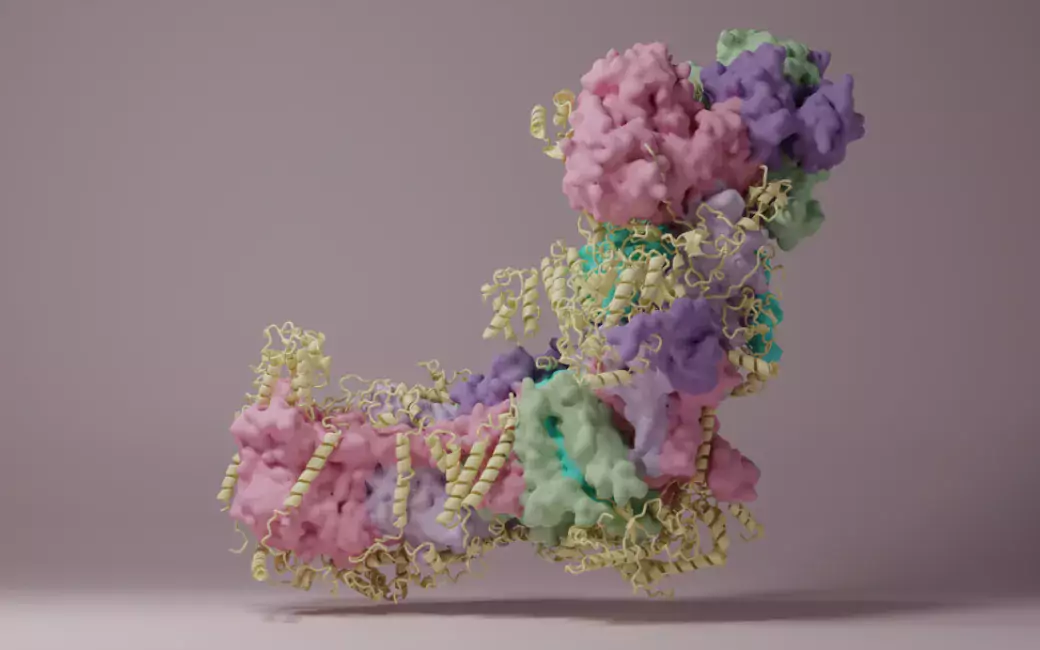The award considers the scientific value, relevance to the scientific community, and societal impact of the theses. Haapanen works in Material Physics at the Computational Bioenergetics Group.

The 2022 Doctoral Thesis Prize of the University of Helsinki was awarded to postdoctoral researcher Outi Haapanen. Haapanen (Doctor of Philosophy in Chemistry) works at the Computational Bioenergetics Group led by Vivek Sharma. The award considers the scientific value, relevance to the scientific community, and societal impact of the theses. The award is worth 4000 euros.
- I am honored to have received the award. I was pleasantly surprised when I was informed about it, I was not expecting it at all, says Haapanen.
Outi Haapanen's doctoral thesis, titled "Quinone Binding and Dynamics in Respiratory Complex I," delves into the role of proteins involved in the production of cellular energy, specifically respiratory chain complexes. Her research focuses on the binding and movements of ubiquinone in respiratory complex I, which plays a crucial role in oxidative phosphorylation, a vital chemical process for life that converts energy into a form that cells can utilize. What makes the thesis stand out is its exceptional methodology, which combines molecular modelling techniques and cryogenic electron microscopy to better understand the mechanism of complex I. Furthermore, Haapanen's work integrates computational approaches with biochemical and structural analyses. The research was conducted in collaboration with groups led by Volker Zickermann from Goethe University and Werner Kühlbrandt from Max Planck Institute of Biophysics both located in Frankfurt, Germany.
Haapanen has continued her research on respiratory enzymes. Her paper about the membrane shaping properties of the respiratory supercomplex from ciliate Tetrahymena thermophila was recently published in Nature.
- I went from simulating just one enzyme to simulating the entire electron transport chain, which generates the gradient needed for cellular energy conversion, Haapanen states.






